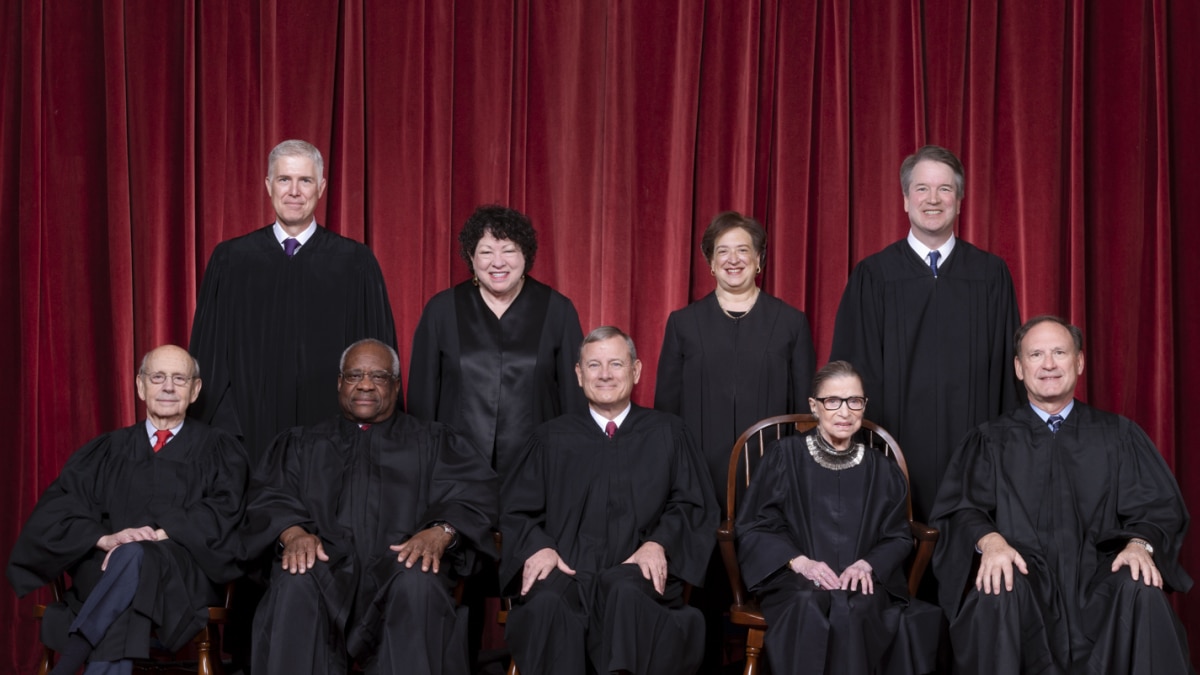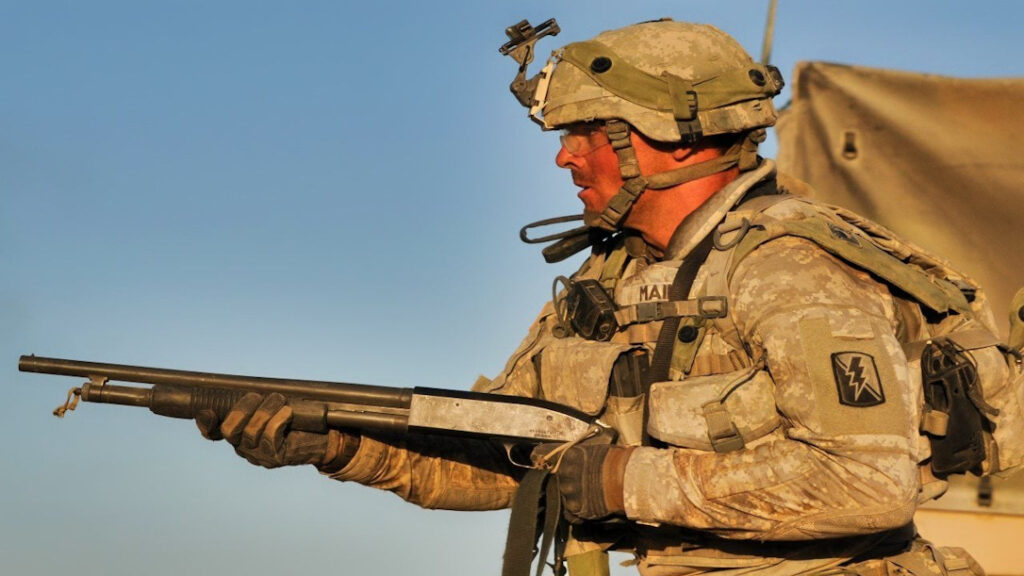Over here at SCOTUSBlog, Amy Howe has an update on just what is going on within the confines of the New York case.
For those unfamiliar, we are speaking about city rules that effectively barred all legal transport of a legally owned firearm within the city by the owners. The rules were onerous, horrid, and because of this lawsuit they were actually changed. New York scrambled to amend their own rules in order
But not before the US Supreme Court took up the case. It is the first time in nearly a decade that SCOTUS has weighed in on a Second Amendment issue, a fact that Justice Thomas blisteringly destroyed. “the right to keep and bear arms is apparently this Court’s constitutional orphan.” he wrote in his descent.
Advertisement — Continue Reading Below
However they are correct in saying the original purpose of the suit has been addressed by New York, they amended the rule. The question is whether or not SCOTUS believes New York was genuine or if they will address the dodge as what it is, a dodge to try and hamstring a lawsuit that could open carry and transport rights widely across the nation.
Over the summer, however, the city urged the court to invalidate the 2nd Circuit’s decision and send the case back with instructions to dismiss it as moot – that is, no longer a live controversy. The city explained that, under changes to both state law and the city’s rules, the challengers can now “do exactly what they have requested in this lawsuit: transport their handguns within New York City to take them to shooting ranges and second homes outside the City.” As a result, the city stressed, it “no longer has any stake in the constitutional questions regarding the former rules.” The city’s position was bolstered by a “friend of the court” brief by Senator Sheldon Whitehouse (D-R.I.) and four other Democratic senators, who argued that the justices should refrain from ruling on the merits of the case to avoid the appearance of partisanship.
Ultimately, whether SCOTUS uses this to make a broad statement about the right to keep and bear arms or they use it to narrowly define how the aggrieved in New York may seek redress… we don’t know yet. But the further I look at this the more it looks like this won’t be the cascading win 2A advocates want it to be and instead be tailored the remaining specifics of the New York case.
Advertisement — Continue Reading Below
We shall see.















